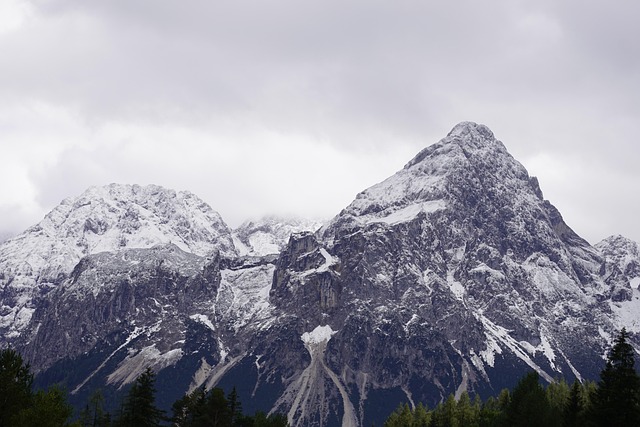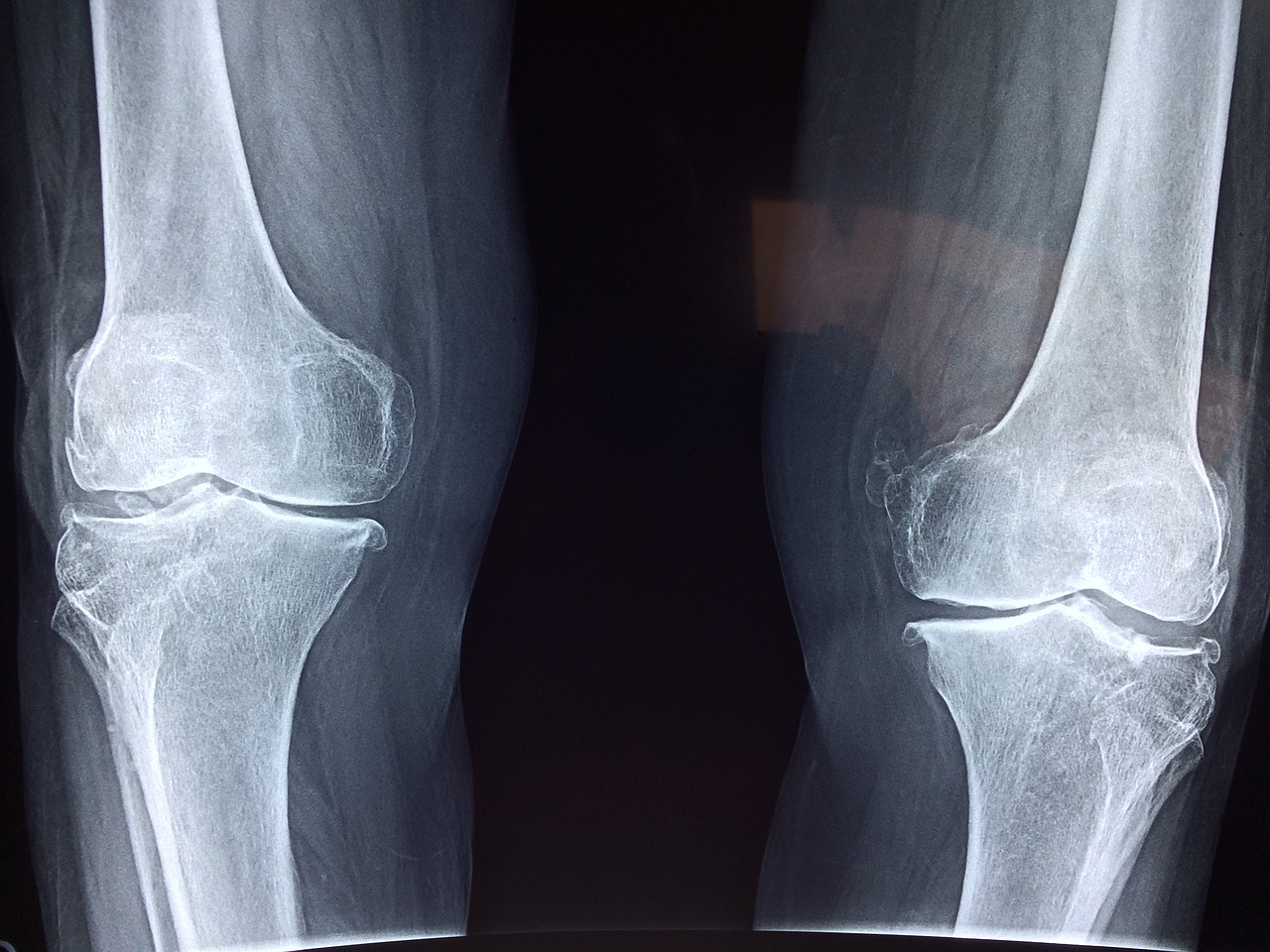Article Title:Thermal history and tectonic subsidence of the Bohai Basin, northern China: a Cenozoic rifted and local pull-apart basin
Abstract:
The Bohai Basin is a part of the larger Bohai Bay Basin, a Cenozoic rifted intraplate basin. Heat flow measurements show that the Bohai Basin is characterized by present-day heat flow varying between 53 and 74 mW/m(2) with a mean of 63 mW/m(2). However, thermal history analyses derived from vitrinite reflectance (VR) and apatite fission track (AFT) data, indicate that tertiary cooling took place following a period of much higher paleo-heat flow (70-90 mW/m(2)) prior to similar to 25 million years to the present. Furthermore, tectonic subsidence analysis reveals that the Bohai Basin experienced episodic sub-rifting processes from the Eocene to the end of the Oligocene. The post-rift thermal subsidence was superimposed by intensified subsidence from the late Miocene (12 million years) in the Bozhong Depression and from the early Quaternary (2.4 million years) in the East Liao Bay, indicating a rejuvenation of sedimentation related likely to transpressional structures developed locally on strike-slip faults. The present results indicate that there is good agreement between the reconstructed thermal history and the timing of the tectonic subsidence stages within the Bohai Basin. The Bohai Basin is an early Cenozoic rifted and local pull-apart sub-basin of the larger Bohai Bay Basin. (C) 2001 Elsevier Science B.V. All rights reserved.
Keywords: heat flown; thermal history; tectonic subsidence; Bohai Basin
DOI: 10.1016/S0031-9201(01)00257-6
Source:PHYSICS OF THE EARTH AND PLANETARY INTERIORS
Welcome to correct the error, please contact email: humanisticspider@gmail.com



